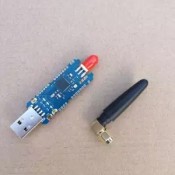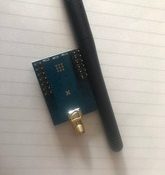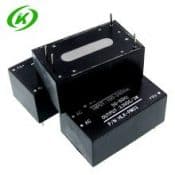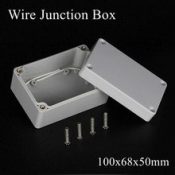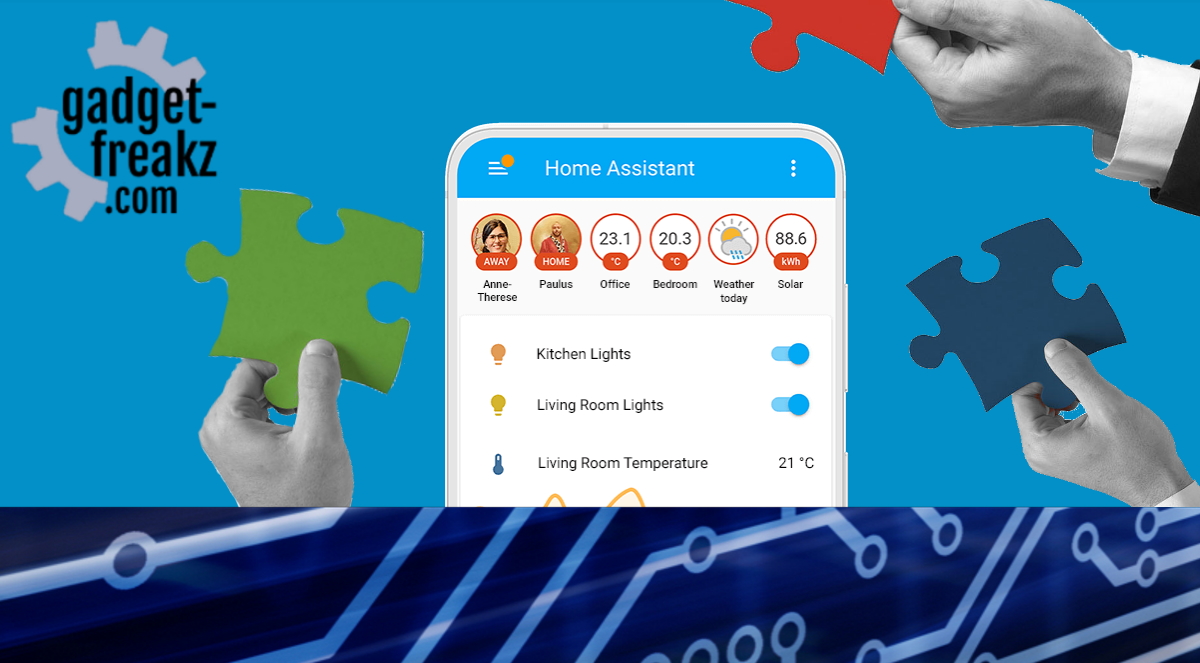Description
8 female to female jumper wires
Jumper wires are electrical wires, or group of them in a cable, with a connector or pin at each end, which is normally used to interconnect the components of a breadboard or other prototype or test circuit, internally or with other equipment or components, without soldering.
Individual jumper wires are fitted by inserting their ‘end connectors’ into the slots provided in a breadboard, the header connector of a circuit board, or a piece of test equipment.
Individual jumper wires are fitted by inserting their ‘end connectors’ into the slots provided in a breadboard, the header connector of a circuit board, or a piece of test equipment.
There are different types of jumper wires. Some have the same type of electrical connector at both ends, while others have different connectors. Some common connectors are:
- Solid tips – are used to connect on/with a breadboard or female header connector. The arrangement of the elements and ease of insertion on a breadboard allows increasing the mounting density of both components and jump wires without fear of short-circuits. The jump wires vary in size and colour to distinguish the different working signals.
- Crocodile clips – are used, among other applications, to temporarily bridge sensors, buttons and other elements of prototypes with components or equipment that have arbitrary connectors, wires, screw terminals, etc.
- Banana connectors – are commonly used on test equipment for DC and low-frequency AC signals.
Registered jack (RJnn) – are commonly used in telephone (RJ11) and computer networking (RJ45). - RCA connectors – are often used for audio, low-resolution composite video signals, or other low-frequency applications requiring a shielded cable.
- RF connectors – are used to carry radio frequency signals between circuits, test equipment, and antennas.
-
Design
-
Quality
-
Usability
-
Home-Automation compatibility
-
Price



